Pop will eat itself: Tate Modern misses a trick with new global pop retrospective
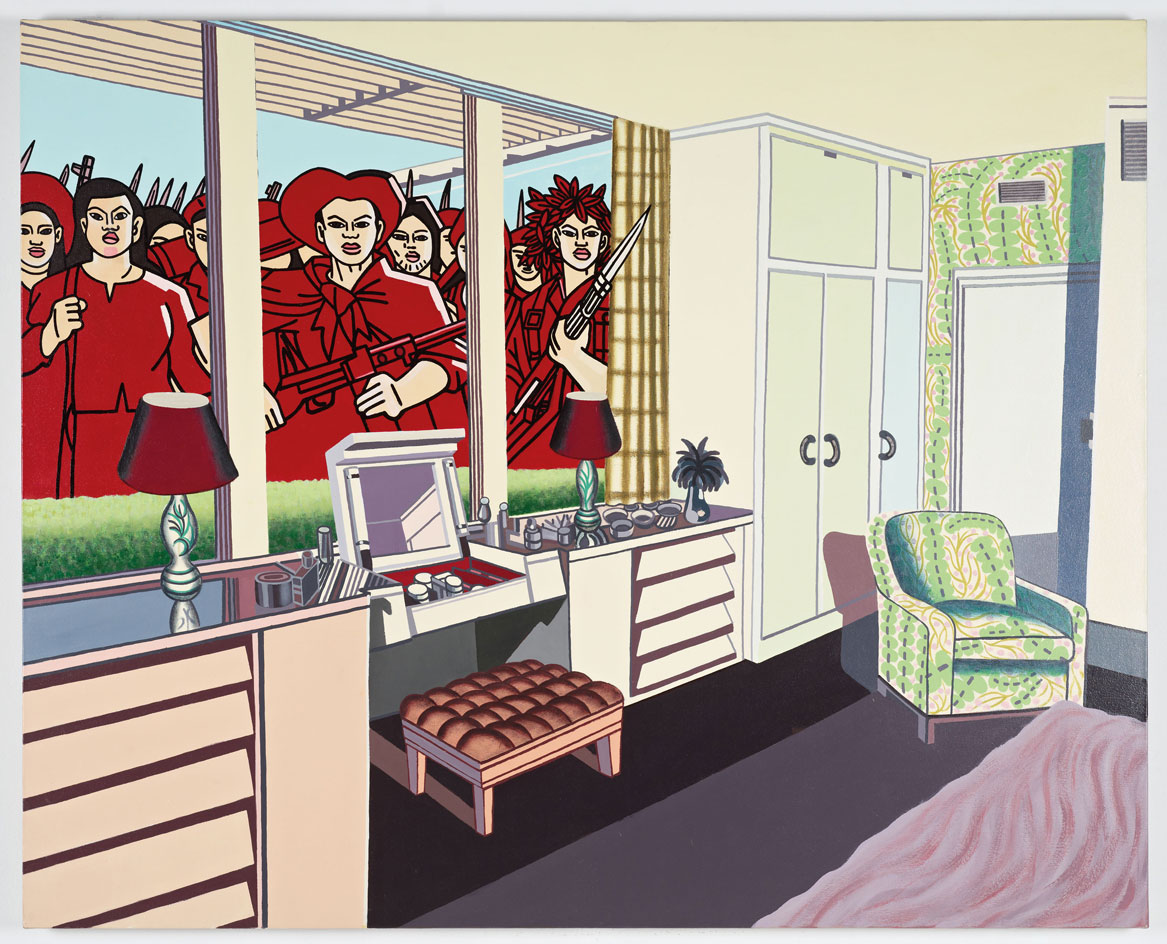
Pop art exhibitions are like carbonated drinks – they bubble up constantly and have a habit of repeating on you. Sure, they’re tempting and seductive, but often far too sugary to provide anything other than a short-lived high. Tate Modern’s major autumn exhibition, ‘The World Goes Pop’, aims for something more substantial: a survey of art from the 1960s and 70s infused with popular culture that addresses real issues and doesn’t hail solely from North America, or feature any of the obvious names (Warhol, Lichtenstein, Hockney et al). Instead, this is a smorgasbord of global pop, taking in little-known examples from Spain, Belgium, Brazil, Japan, Germany, Poland and Russia, among other locations. There’s also feminist body pop, interactive pop, psychedelic pop, as well as revolutionary and rabble-rousing pop.
The show gets off to a convincing start with rooms dedicated to politically motivated pop, including a takedown of Franco’s Fascism, numerous protests against the Vietnam War and a giant papier-mâché fly swatter, which is a humorous, rather than wholly serious, response to a brutal 1964 Brazilian military coup. Indeed, there is little here that feels iconic or powerful enough to elevate yet another image of Che Guevara or a freedom fighter beyond those which have already come to represent the era. For every strong, moving work – such as Rafael Canogar’s surprisingly relevant ode to police brutality from 1969, The Punishment – there is a lightweight treatment of nuclear war or rampant consumerism that initiates nothing more than a shoulder shrug.
The odd animated film and eccentric outsider artist briefly flare up beyond the background noise and then recede quickly in the mind, often competing with louder neighbouring paintings or unnecessarily flashy display solutions. The saving graces are few and far between: a video by Sanja Iveković superimposing Yugoslavia’s hopeless propaganda with black prison bars is somewhat lost amid a room wallpapered in Laughing Cow heads by German artist Thomas Bayrle (a whole three years after Andy). A strange painting of a lady whose busty figure is partly revealed by an actual zip simply comes off like a Richard Hamilton derivative. Exploring new territories is one thing but much of this pop should just eat itself.

‘The World Goes Pop’ is Tate's major autumn exhibition, but the show suffers from noisy juxtapositions and unnecessarily flashy display solutions. Pictured: Corazón destrozado, by Delia Cancela, 1964. Photography courtesy the artist
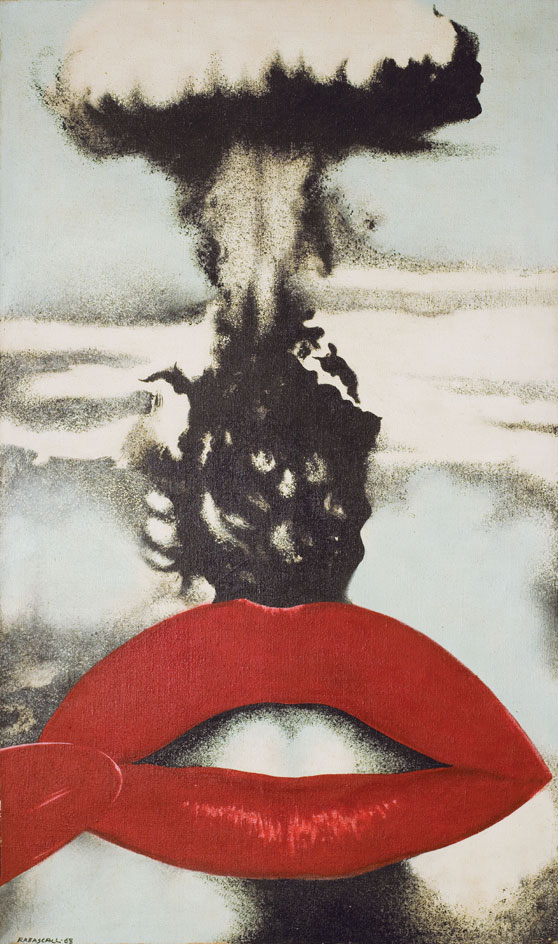


Guitarist, by Cornel Brudascu, 1970. Photography: Szabolcs Feleky, copyright the artist

Birth Hood, by Judy Chicago, 1965–2011. Photography: Donald Woodman, copyright the artist/DACS 2015
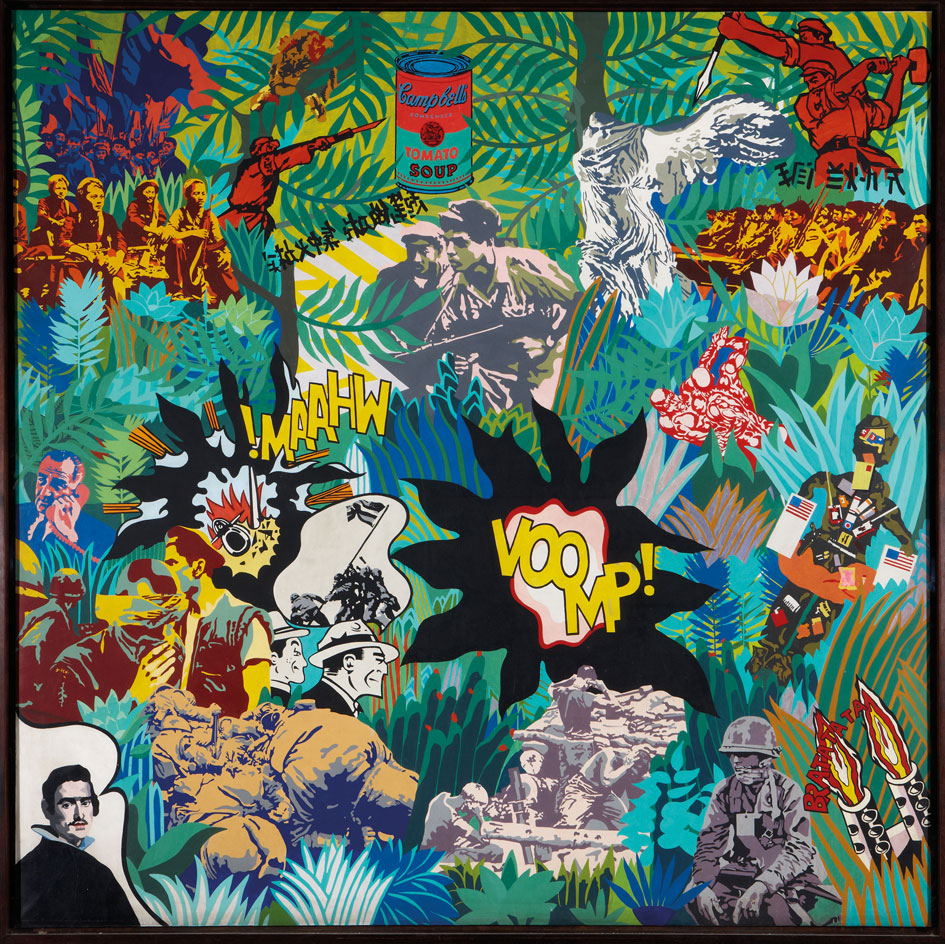
El realism socialista y el Pop Art en el campo de batalla , by Equipo Crónica, 1969. Photography copyright Equipo Crónica (Manolo Valdés and Rafael Solbes), courtesy Marlborough Gallery, New York

Pilules capsules conciliabules, by Bernard Rancillac, 1966. Photography: Nathalie Rancillac, copyright the artist/DACS 2015
INFORMATION
'The World Goes Pop' is on view until 24 January 2016
ADDRESS
Tate Modern
Bankside
London SE1 9TG
Receive our daily digest of inspiration, escapism and design stories from around the world direct to your inbox.
-
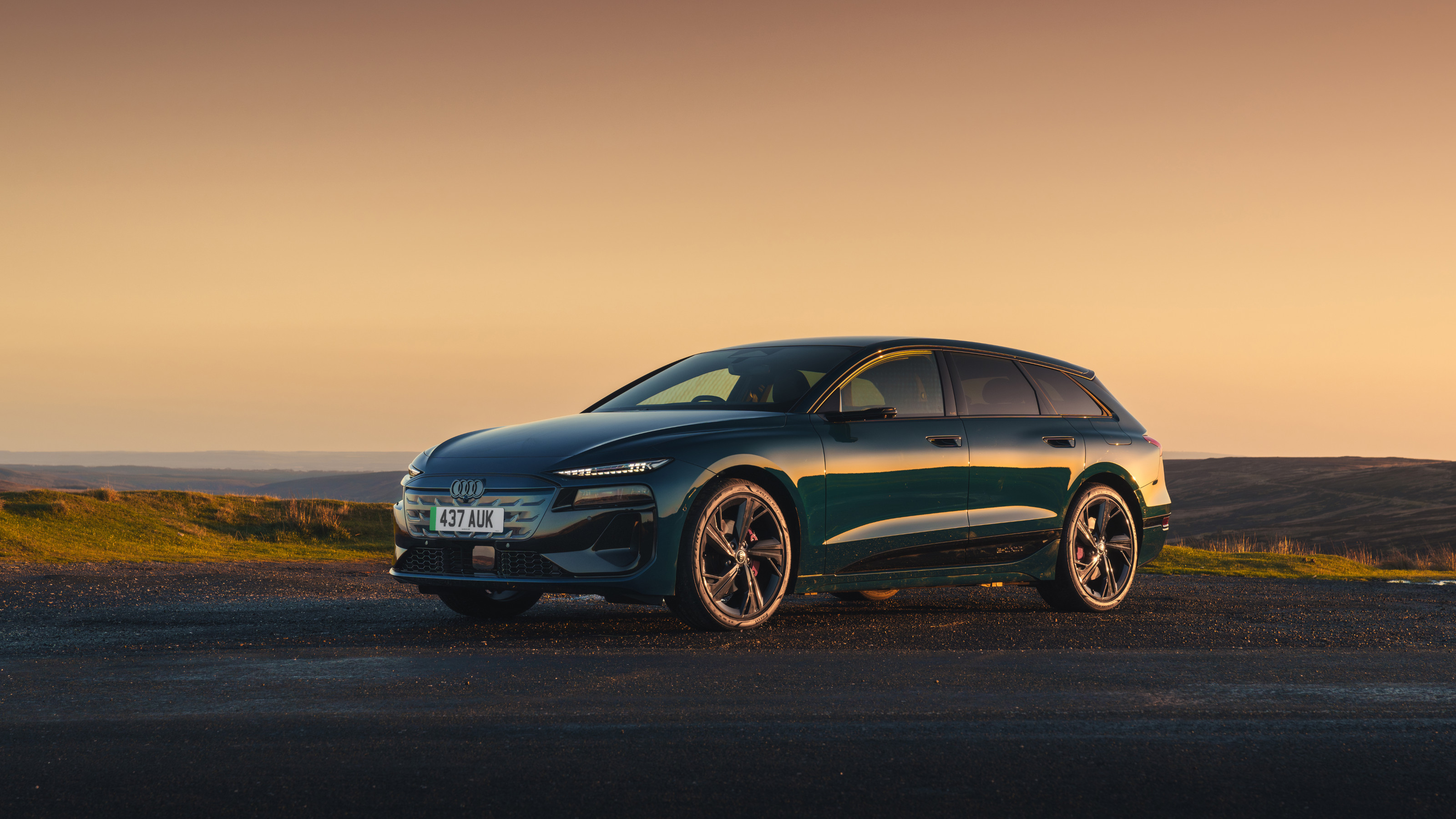 A tale of two Audis: the A5 saloon goes up against the A6 Avant e-tron
A tale of two Audis: the A5 saloon goes up against the A6 Avant e-tronIs the sun setting on Audi’s ICE era, or does the company’s e-tron technology still need to improve?
-
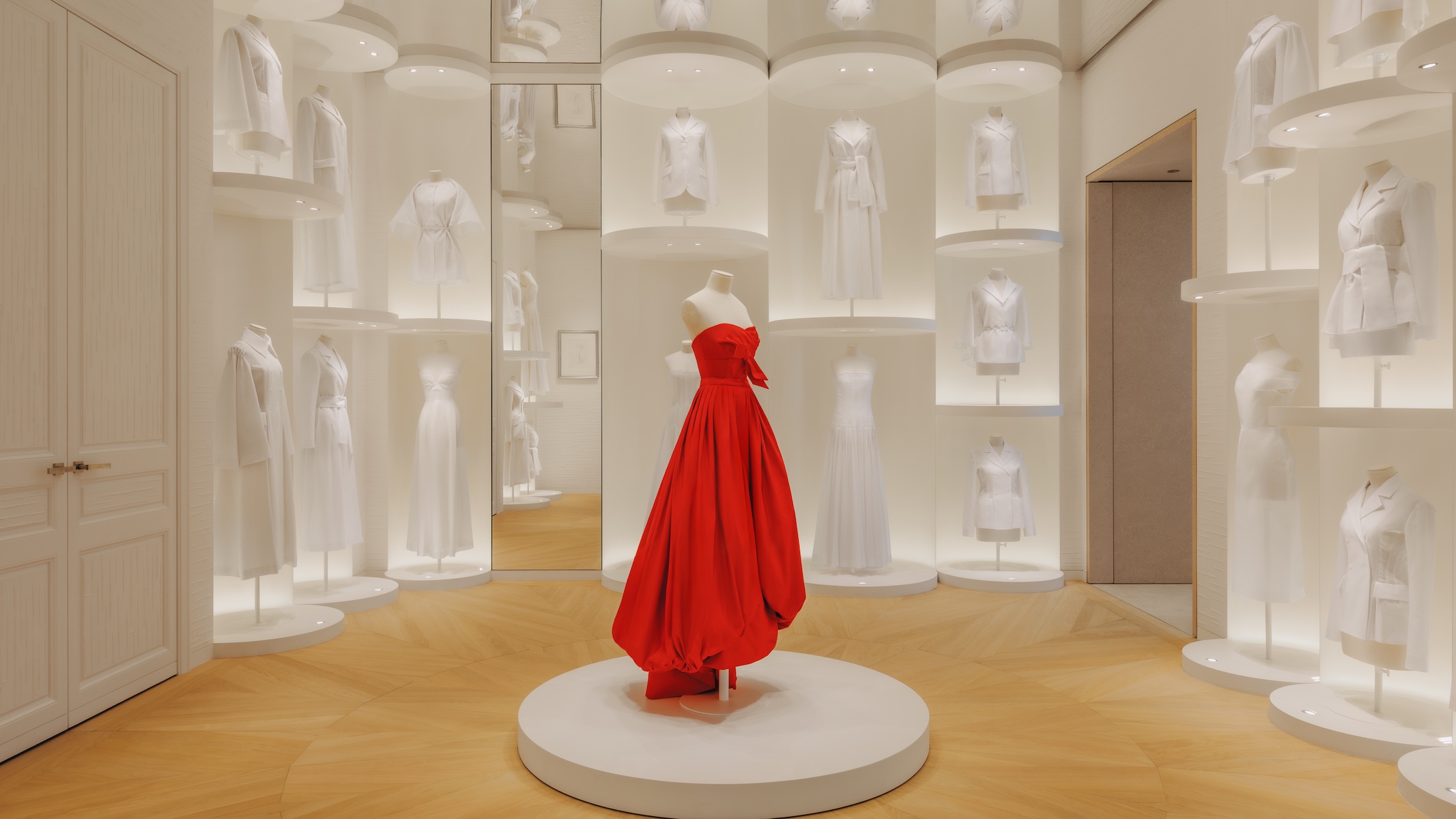 Inside Christian de Portzamparc’s showstopping House of Dior Beijing: ‘sculptural, structural, alive’
Inside Christian de Portzamparc’s showstopping House of Dior Beijing: ‘sculptural, structural, alive’Daven Wu travels to Beijing to discover Dior’s dramatic new store, a vast temple to fashion that translates haute couture into architectural form
-
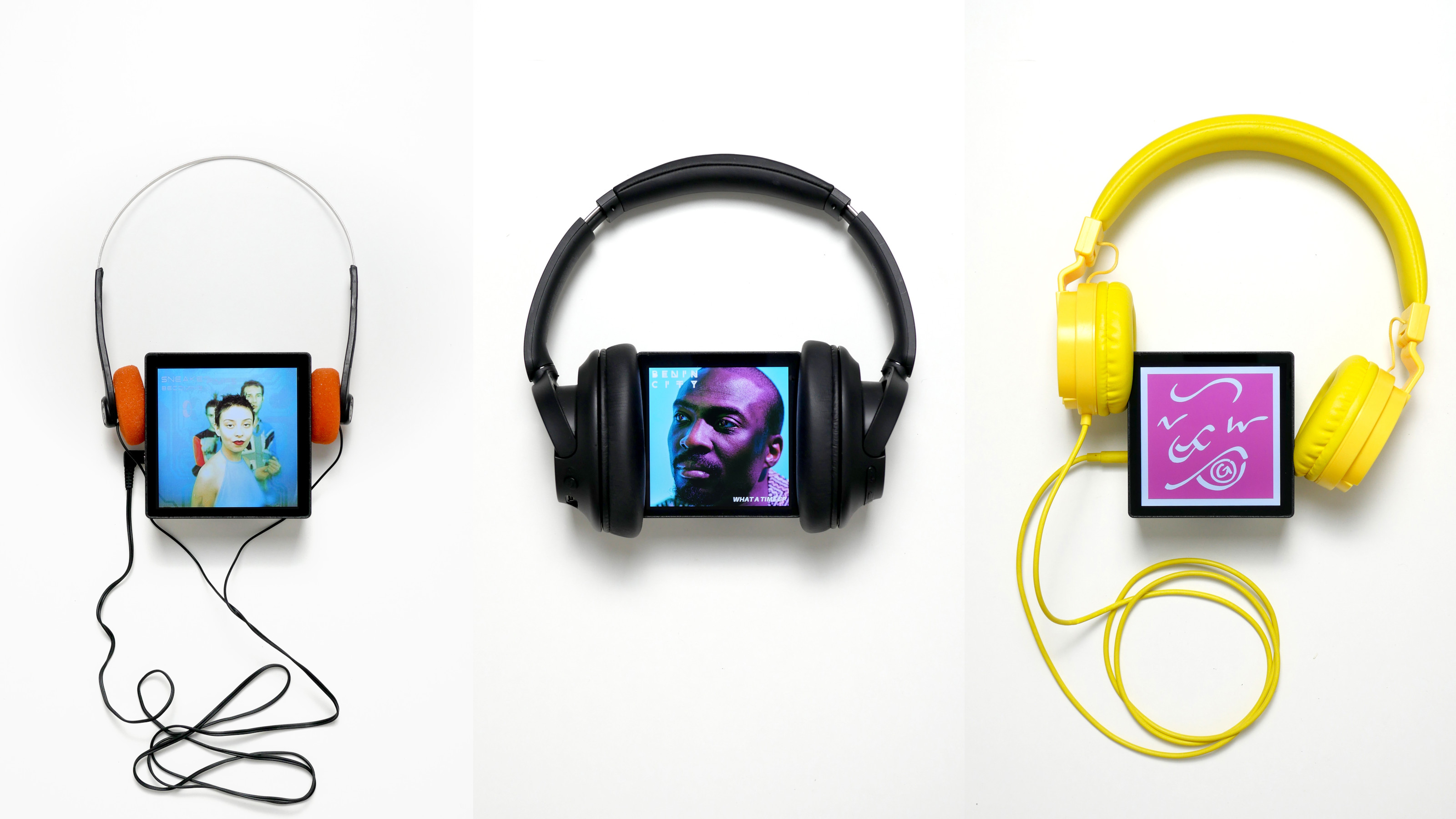 A music player for the mindful, Sleevenote shuns streaming in favour of focused listening
A music player for the mindful, Sleevenote shuns streaming in favour of focused listeningDevised by musician Tom Vek, Sleevenote is a new music player that places artist intent and the lost art of record collecting at the forefront of the experience
-
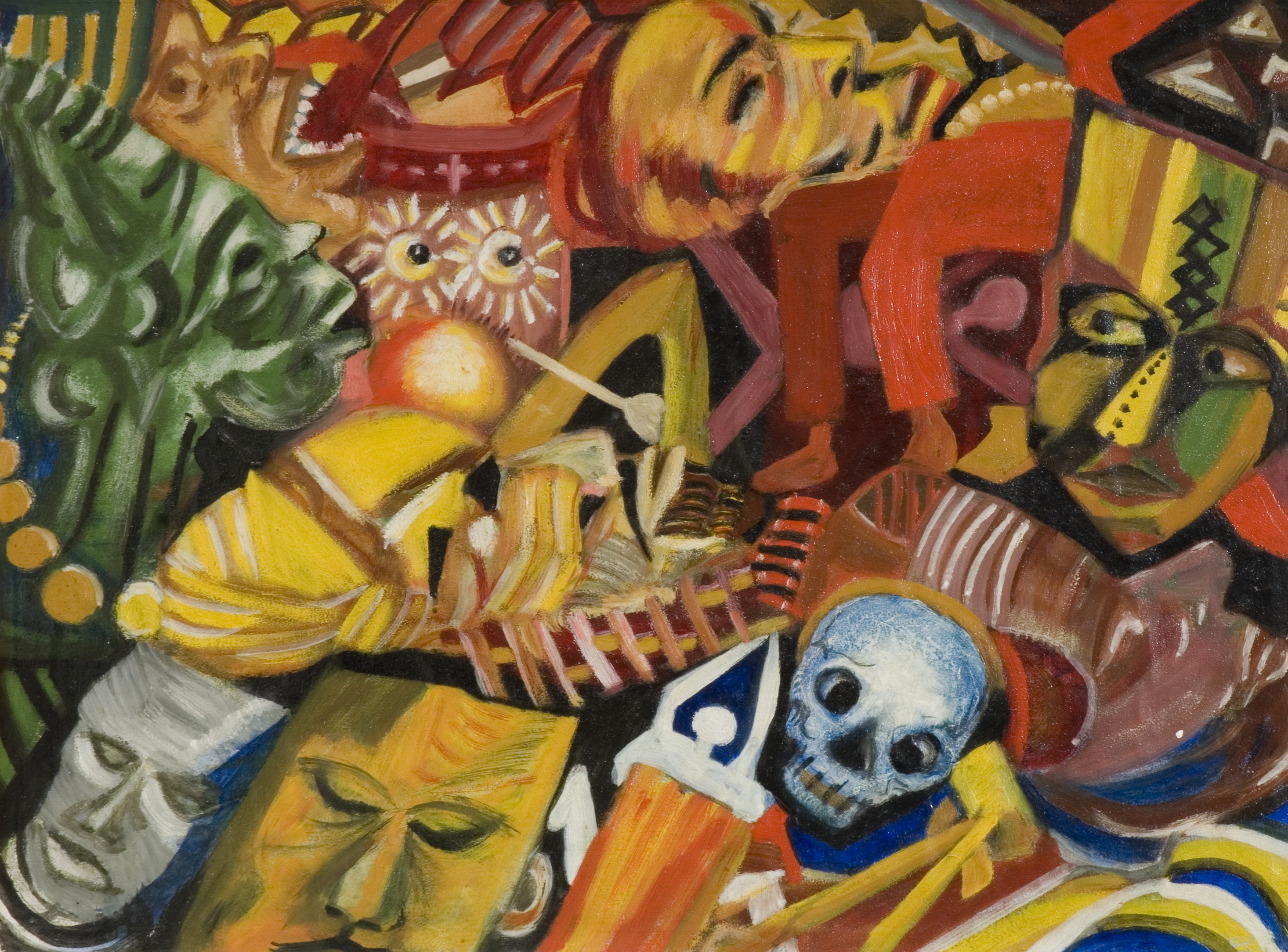 ‘Nigerian Modernism’ at Tate Modern: how a nation rewrote the rules of art
‘Nigerian Modernism’ at Tate Modern: how a nation rewrote the rules of artAt Tate Modern, ‘Nigerian Modernism’ redefines what we mean by modern art. Tracing a half-century of creative resistance, the landmark exhibition celebrates Nigeria’s artists as pioneers of form, freedom and cultural imagination.
-
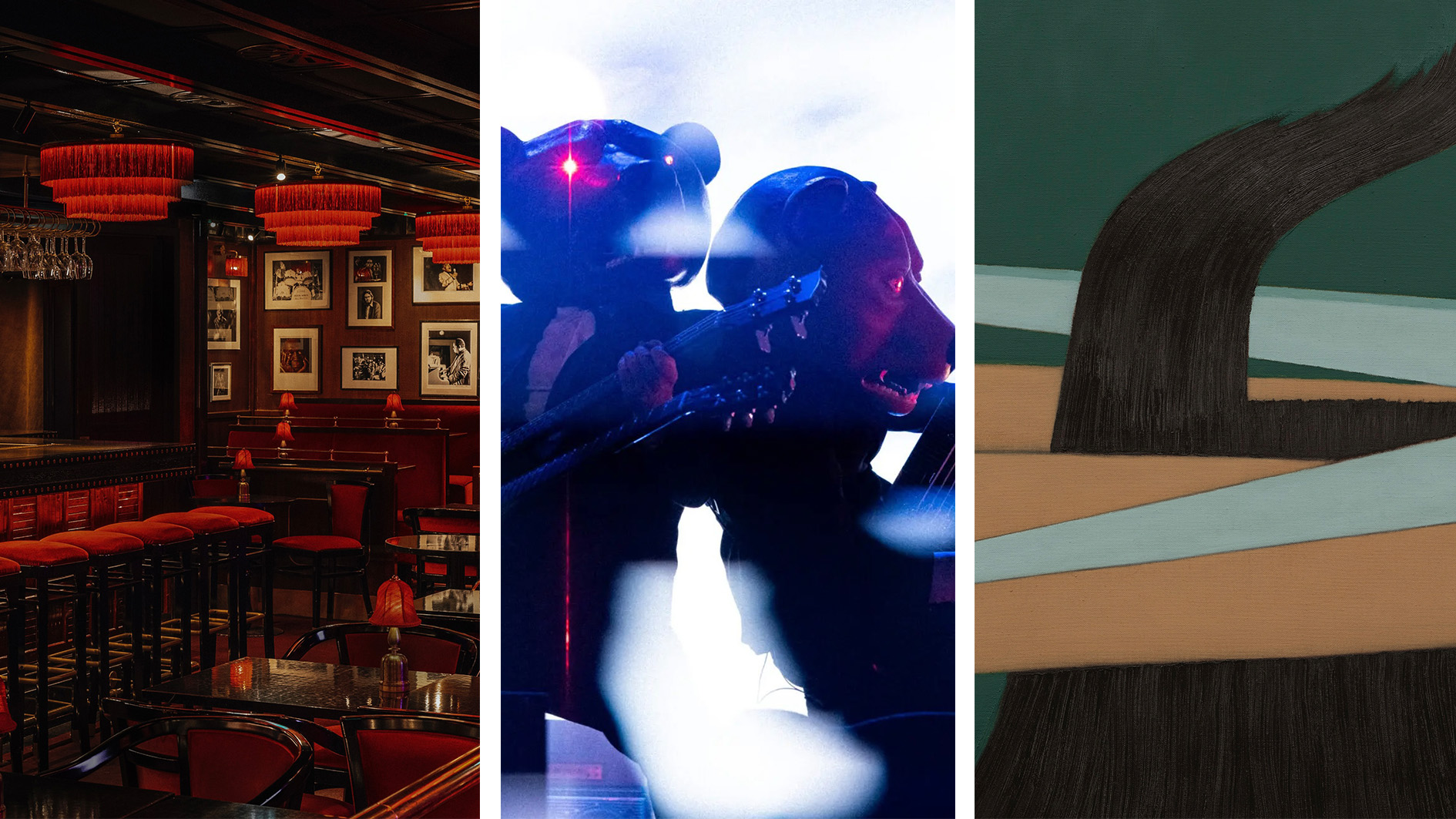 Out of office: the Wallpaper* editors’ picks of the week
Out of office: the Wallpaper* editors’ picks of the weekAnother week, another flurry of events, opening and excursions showcasing the best of culture and entertainment at home and abroad. Catch our editors at Scandi festivals, iconic jazz clubs, and running the length of Manhattan…
-
 The Tate Modern is hosting a weekend of free events. Here's what to see
The Tate Modern is hosting a weekend of free events. Here's what to seeFrom 9 -12 May, check out art, attend a lecture, or get your groove on during the museum's epic Birthday Weekender
-
 The UK AIDS Memorial Quilt will be shown at Tate Modern
The UK AIDS Memorial Quilt will be shown at Tate ModernThe 42-panel quilt, which commemorates those affected by HIV and AIDS, will be displayed in Tate Modern’s Turbine Hall in June 2025
-
 Ed Atkins confronts death at Tate Britain
Ed Atkins confronts death at Tate BritainIn his new London exhibition, the artist prods at the limits of existence through digital and physical works, including a film starring Toby Jones
-
 A major Frida Kahlo exhibition is coming to the Tate Modern next year
A major Frida Kahlo exhibition is coming to the Tate Modern next yearTate’s 2026 programme includes 'Frida: The Making of an Icon', which will trace the professional and personal life of countercultural figurehead Frida Kahlo
-
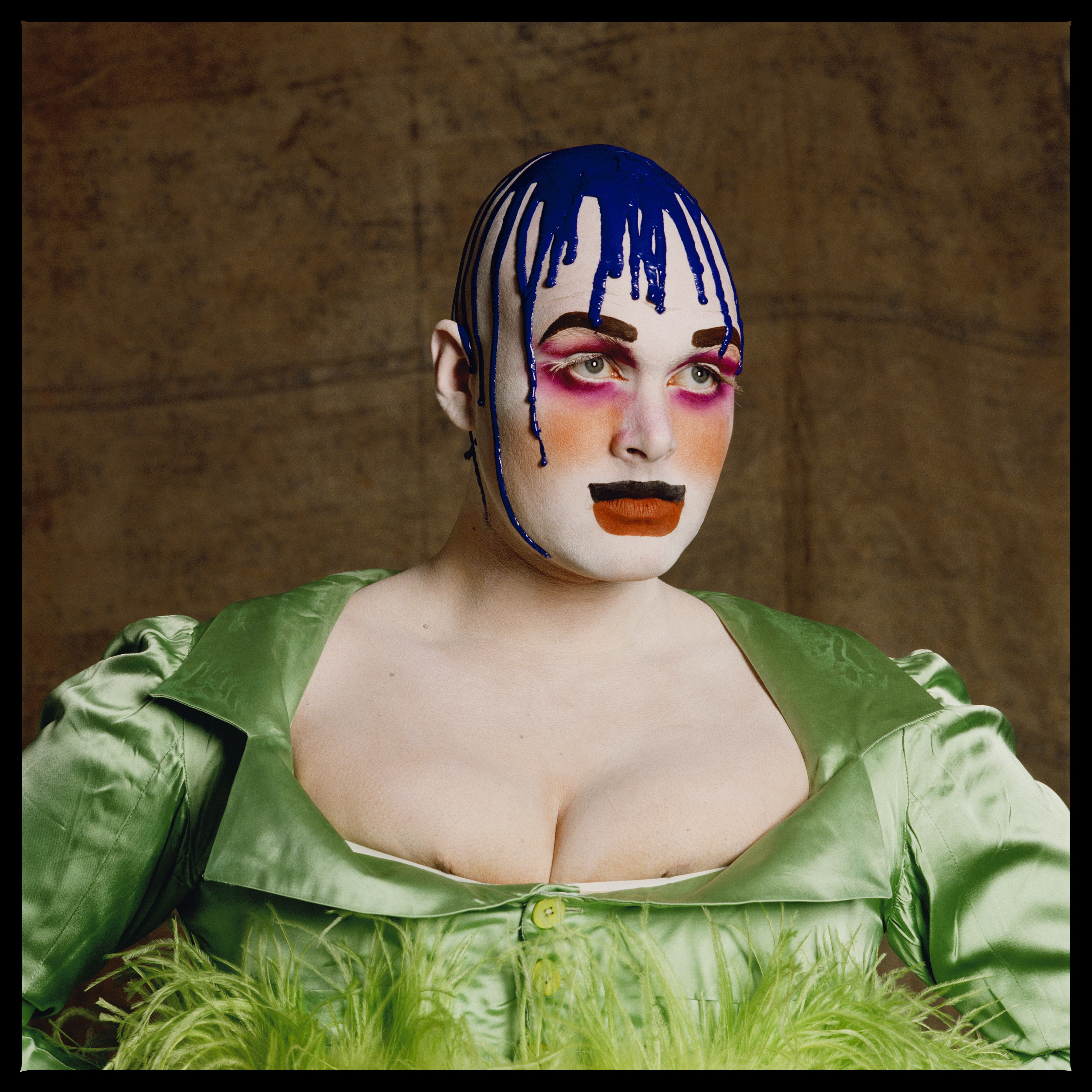 ‘Leigh Bowery!’ at Tate Modern: 1980s alt-glamour, club culture and rebellion
‘Leigh Bowery!’ at Tate Modern: 1980s alt-glamour, club culture and rebellionThe new Leigh Bowery exhibition in London is a dazzling, sequin-drenched look back at the 1980s, through the life of one of its brightest stars
-
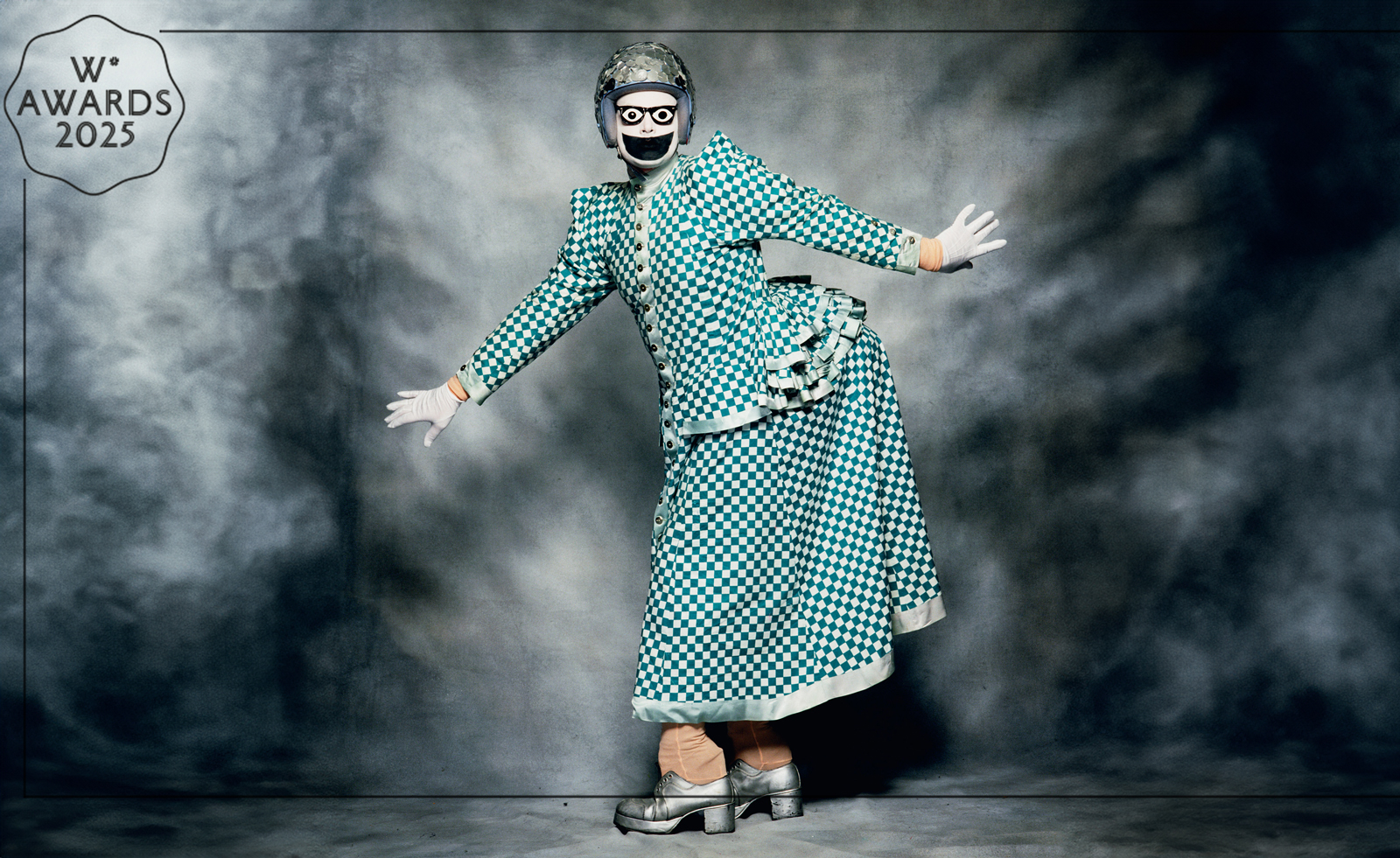 Wallpaper* Design Awards 2025: Tate Modern’s cultural shapeshifting takes the art prize
Wallpaper* Design Awards 2025: Tate Modern’s cultural shapeshifting takes the art prizeWe sing the praises of Tate Modern for celebrating the artists that are drawn to other worlds – watch our video, where Wallpaper’s Hannah Silver gives the backstory